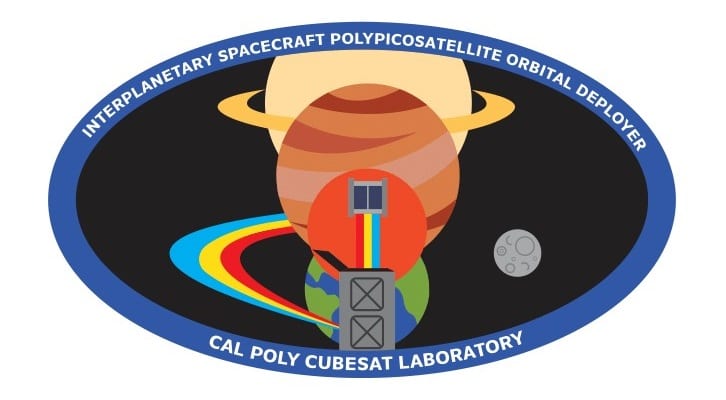
Grace Guarria
THermal Modeling
Grace Guarraia is 2nd year physics and astronomy student. She is from Chicago, Illinois and Houston, Texas, however, she spent her summer in San Luis Obispo working on this project. Her interests are managing satellite missions and working in conjunction with engineers to problem-solve and learn more about software and hardware of CubeSat technology. This research program was a fantastic opportunity for Grace to improve her programming skills and learn more about the materials engineering behind spacecraft design. With this experience, she hopes to pursue a career in team management with defense companies, focusing her efforts on improving thermal technologies utilized by a variety of both aircraft and spacecraft.

Liam Mages
THermal Desktop/Controls
Liam Mages is a 4th year aerospace engineering student who is passionate about ensuring the benefits of aerospace technology can be grasped by anyone. He is from Oakland in the Bay Area but spent most of his time working on this project in San Luis Obispo. This research program was a great opportunity to investigate new topics in the realms of controls and thermal technology. With this experience he hopes to pursue a career in aids and expands access to earth’s orbits and beyond.
Acknowledgements
We would first like to thank Northrop Grumman for sponsoring this project.
Additionally we would like to thank the Cal Poly CubeSat Laboratory for providing a welcoming and dedicated work environment throughout the summer, as well as Prof. Eric Mehiel for his assistance regarding control algorithms.
Our Project Poster
Introduction
CubeSats are satellites with a unit that follows a cubic form factor of 10cm×10cm×10cm. Over the last decade, CubeSats have become popular in academia and the aerospace industry for educational, technology demonstration, and scientific missions. Yet, with a handful of exceptions, CubeSats have not travelled beyond the orbit of our home planet, Earth. Cal Poly CubeSat Laboratory is working to remedy this with the creation of the Interplanetary Spacecraft Poly-Picosatellite Orbital Deployer, or ISP-POD. This deployer functions as a carrier, supporting CubeSats on their interplanetary journeys and deploying them into space when the time comes. With these tasks, comes the challenge of managing the extremes of the interplanetary thermal environment. In this research project, we endeavored to research and understand the thermal environment and its effect to enable the design of a thermal system capable of protecting the ISP-POD and its CubeSat payloads.
Objectives
- Research the thermal environment experienced by spacecraft during interplanetary transit, in this case to Mars.
- Simulate the temperatures the ISP-POD and its payload would experience in these scenarios.
- Design a thermal control system capable of maintaining both the ISP-POD and payload CubeSat at functional temperatures.
- Select components that satisfy the design requirements.
- Explore the field of thermal space systems and gain a deeper understanding of how to protect a spacecraft against extreme thermal variations.

This project is sponsored by...
Results
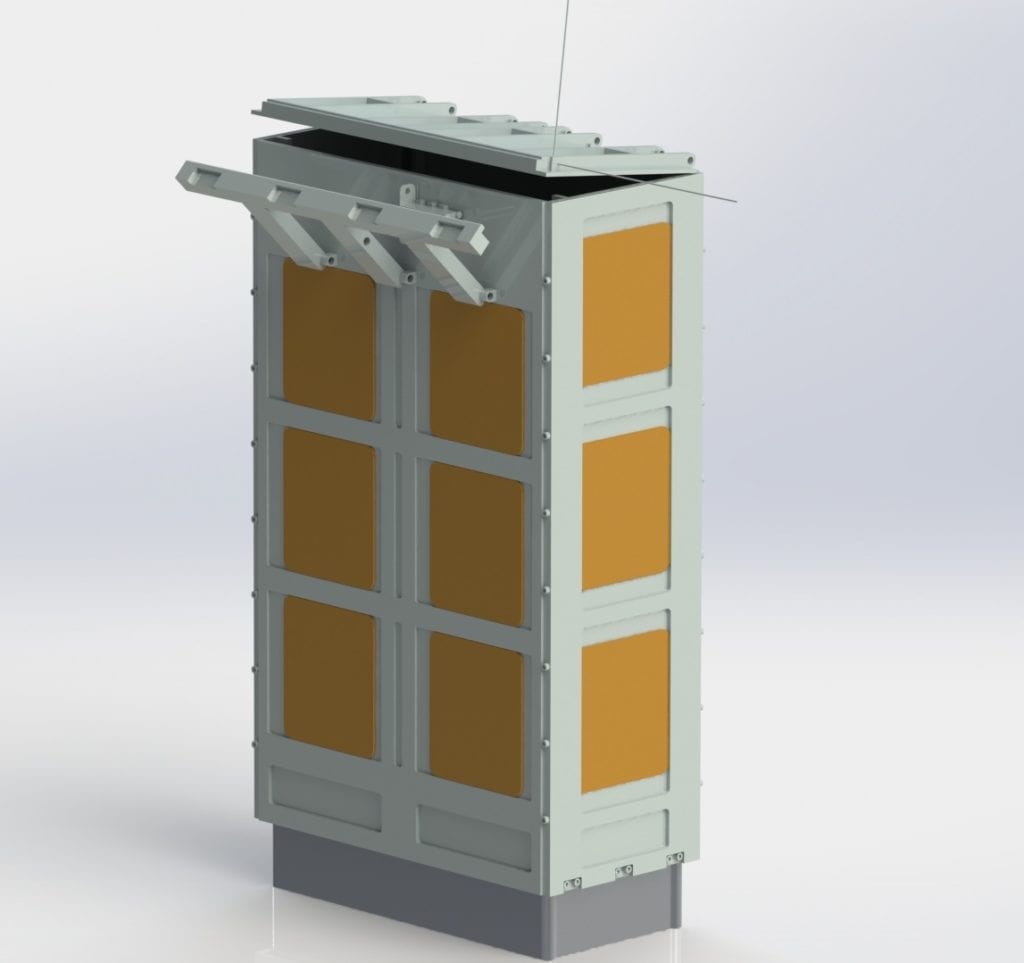
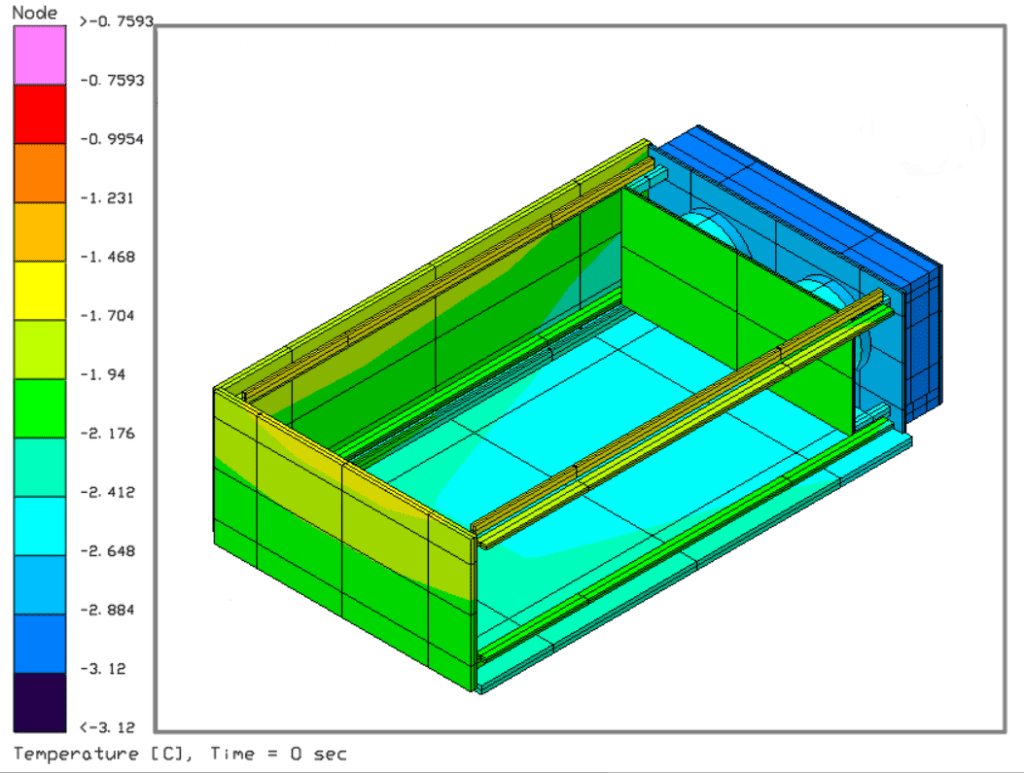
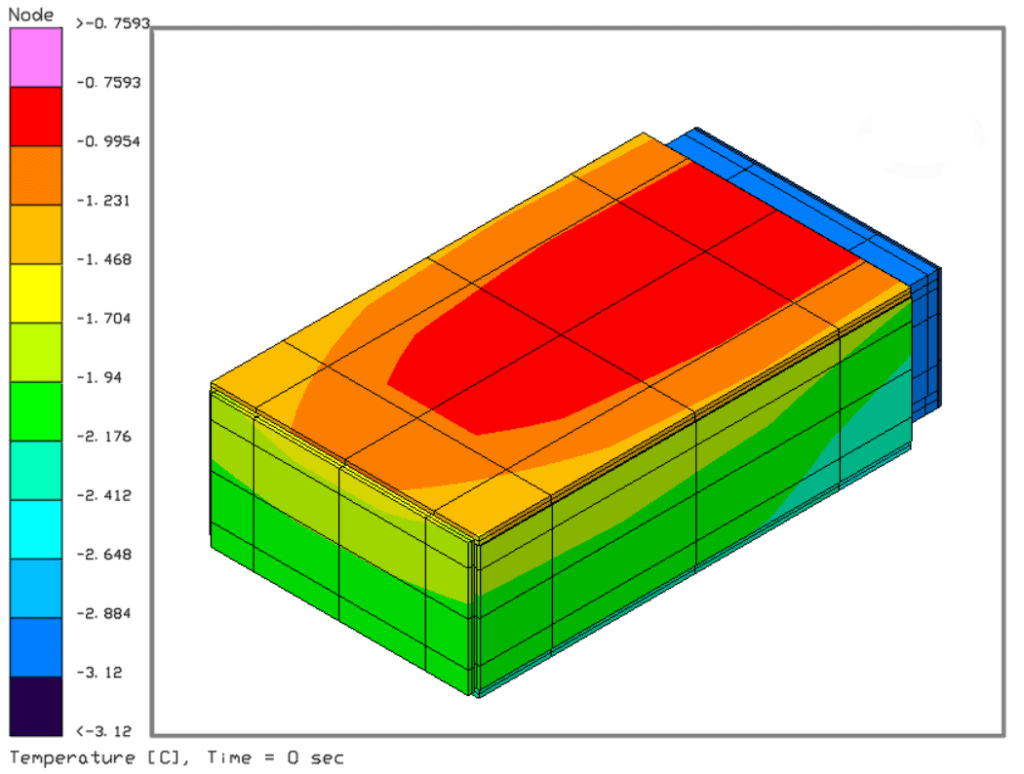
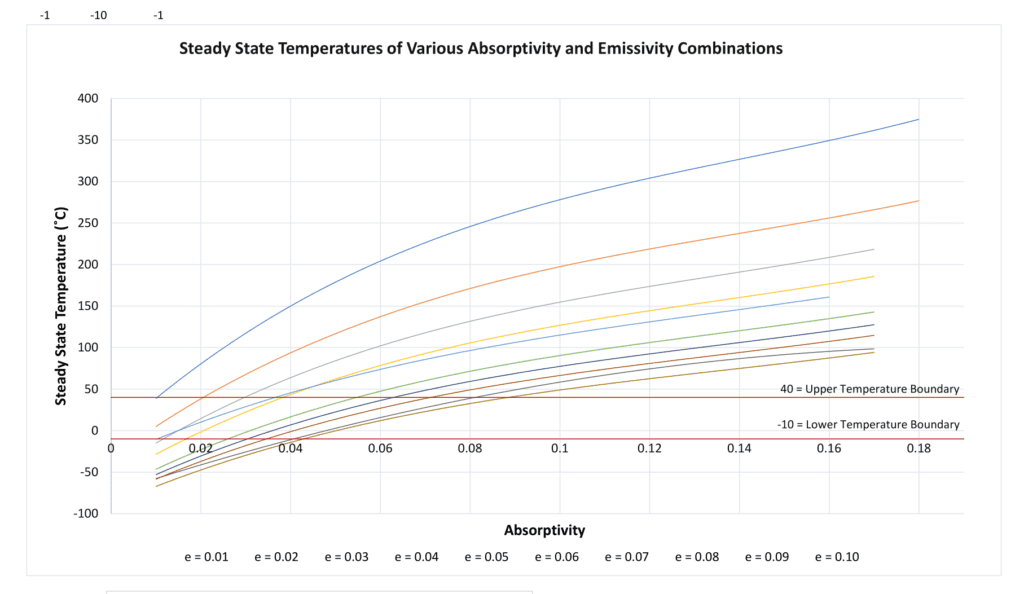
What We Accomplished
- Heat balance equations were used to create a Python script which could estimate the expected temperatures of the ISP-POD at different locations in the solar system.
- A Thermal Desktop model was created to verify the Python script and provide insight on the expected temperature distribution throughout the ISP-POD and its payload.
- The groundwork was laid for a functional thermal control algorithm utilizing a PID controller and a Schmitt trigger for on/off control of a constant voltage resistive heater.
- The Python code was used to identify the ideal range of optical properties to be used for selecting the proper multi-layered insulation.
Moving Forward
- Continue research into MLI, to ensure the selection is as effective as possible for the ISP-POD.
- Finalize the control algorithm and modify it to work alongside the numerical thermal model.
- Update the Thermal Desktop model to include a more accurate component layout as those decisions are made.

